How to Identify Forged Coins in Global Auction Marketplaces: A Comprehensive Guide
Understanding the Prevalence of Forged Coins in Auctions
The Allure and Risk of Rare Coins in Auctions
Stepping into the world of global coin auctions can feel like entering a treasure hunt. The thrill of discovering a rare 18th-century coin or a limited-edition mint can make your heart race. But amidst this excitement lies a shadowy reality: the prevalence of forged coins. Imagine bidding on what you believe is an authentic Roman denarius, only to later realize it’s a clever counterfeit. It’s not just disheartening—it’s a financial blow. Why are forgeries so common? The answer lies in the irresistible value of rare coins. Counterfeiters target high-demand items, crafting fakes so convincing they can fool even seasoned collectors. Some of the most forged coins include:- Gold sovereigns from the British Empire
- Early U.S. silver dollars
- Ancient Greek and Roman coins with intricate designs
Key Techniques for Identifying Counterfeit Coins
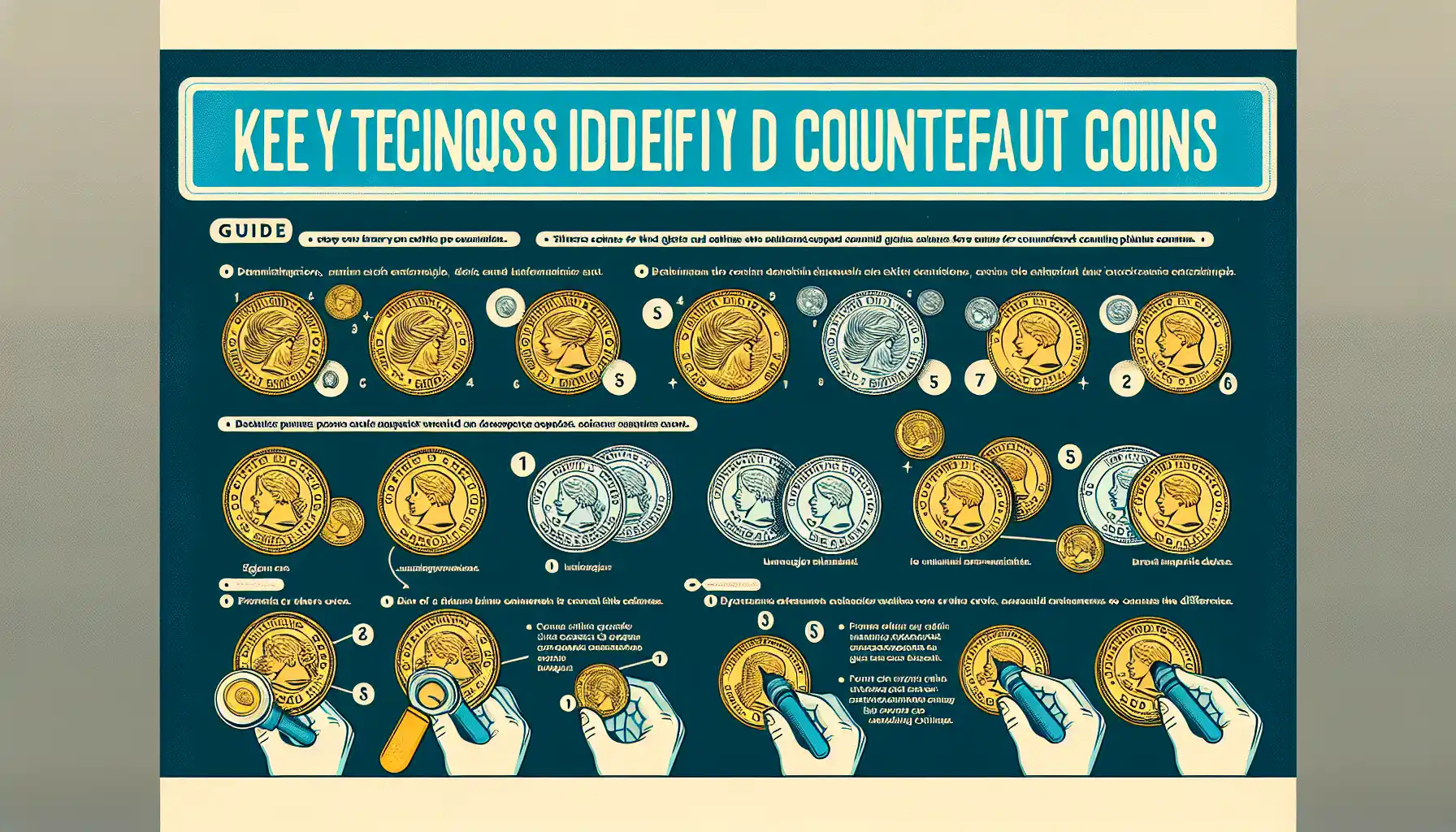
Spotting the Telltale Signs of Counterfeit Coins
When it comes to identifying forged coins in global auction marketplaces, think of yourself as a detective—every detail matters. Counterfeit coins often reveal themselves in subtle yet undeniable ways, like a poorly rehearsed lie slipping through the cracks. Start with the coin’s weight and dimensions. Genuine coins are manufactured with meticulous precision, so even a fraction of a gram or a slight difference in diameter can be a flashing red flag. Got a scale and caliper? Put them to work—it’s your first line of defense. Next, scrutinize the details of the design. Forgers often falter when replicating intricate patterns or inscriptions. Compare the coin against high-resolution images of authentic examples. Look closely for inconsistent lettering, uneven edges, or shallow reliefs. Think of it as spotting brushstrokes in a fake painting—they’re never quite right. Finally, don’t underestimate the power of a magnet. Some counterfeits use magnetic materials where none should exist. A quick test could save you from a costly mistake. Remember, the devil is in the details, and so are the counterfeits. Stay sharp, stay curious, and let no suspicious coin slip by unnoticed.Tools and Resources for Verifying Coin Authenticity
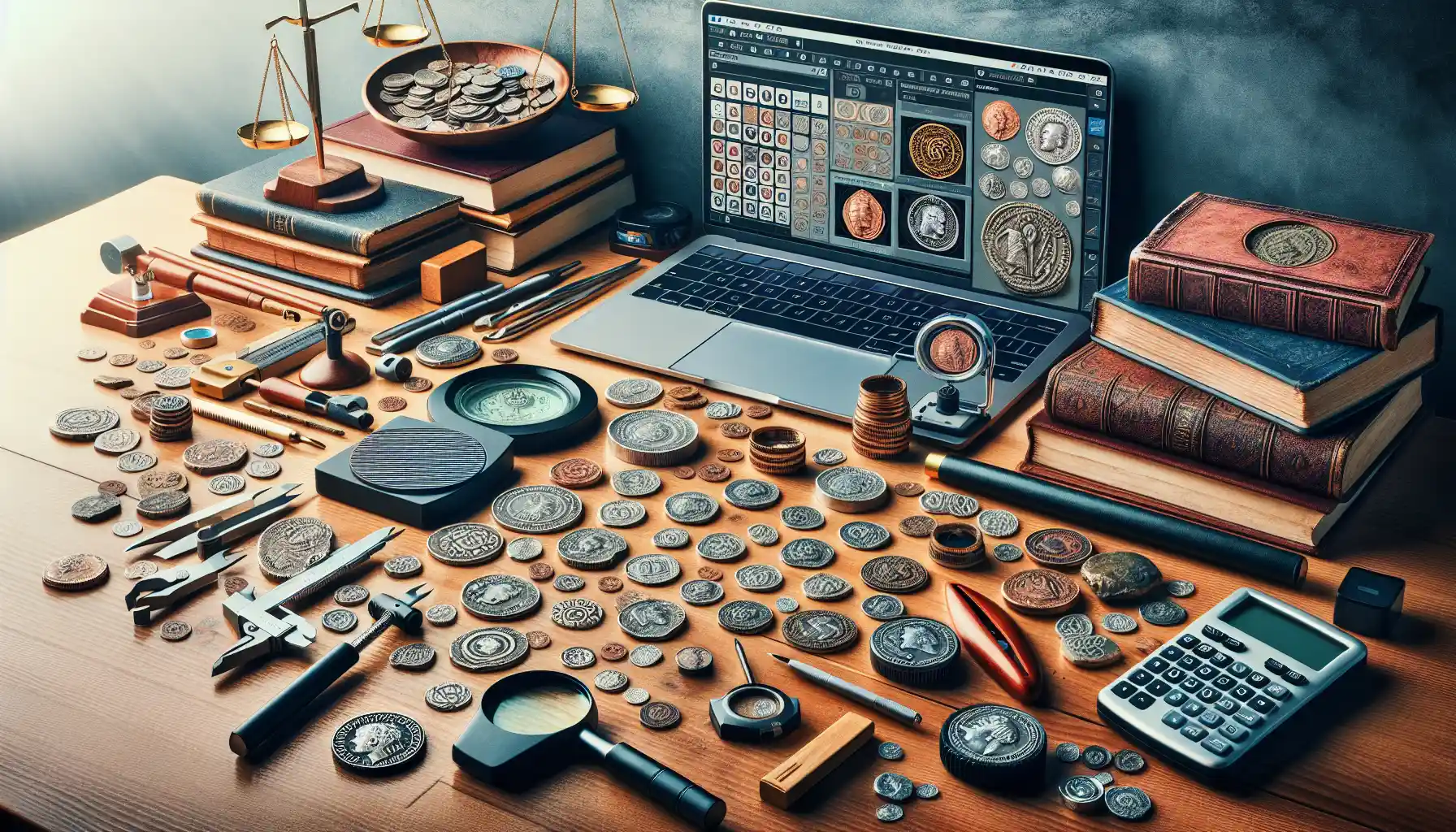
Must-Have Tools for Spotting Coin Forgeries
When it comes to sniffing out a fake coin, having the right tools is like carrying a flashlight into a dark cave—you’ll see what others might miss. Here are some essential resources to keep in your arsenal:- Digital Calipers: Precision is everything. Measuring the exact thickness and diameter of a coin can expose even the most cunning counterfeits.
- Magnifying Glass or Microscope: A good magnifier is your best friend. Look for inconsistencies in lettering, surface texture, or edges that scream “I’m not real!”
- Metal Composition Testers: Want to know if that “gold” coin is really gold? Portable spectrometers or acid tests can save you from heartbreak—and financial loss.
Online Resources You Can’t Ignore
Don’t underestimate the power of the digital realm. Websites like NGC Verify or PCGS Cert Verification allow you to cross-check serial numbers and certifications. Social media groups and collector forums also provide a treasure trove of shared knowledge. Trust me, these spaces are where seasoned experts and newbies alike swap secrets and stories. Every tool and resource you use brings you one step closer to confidently identifying authenticity in the global auction jungle.Common Red Flags to Watch Out for in Listings
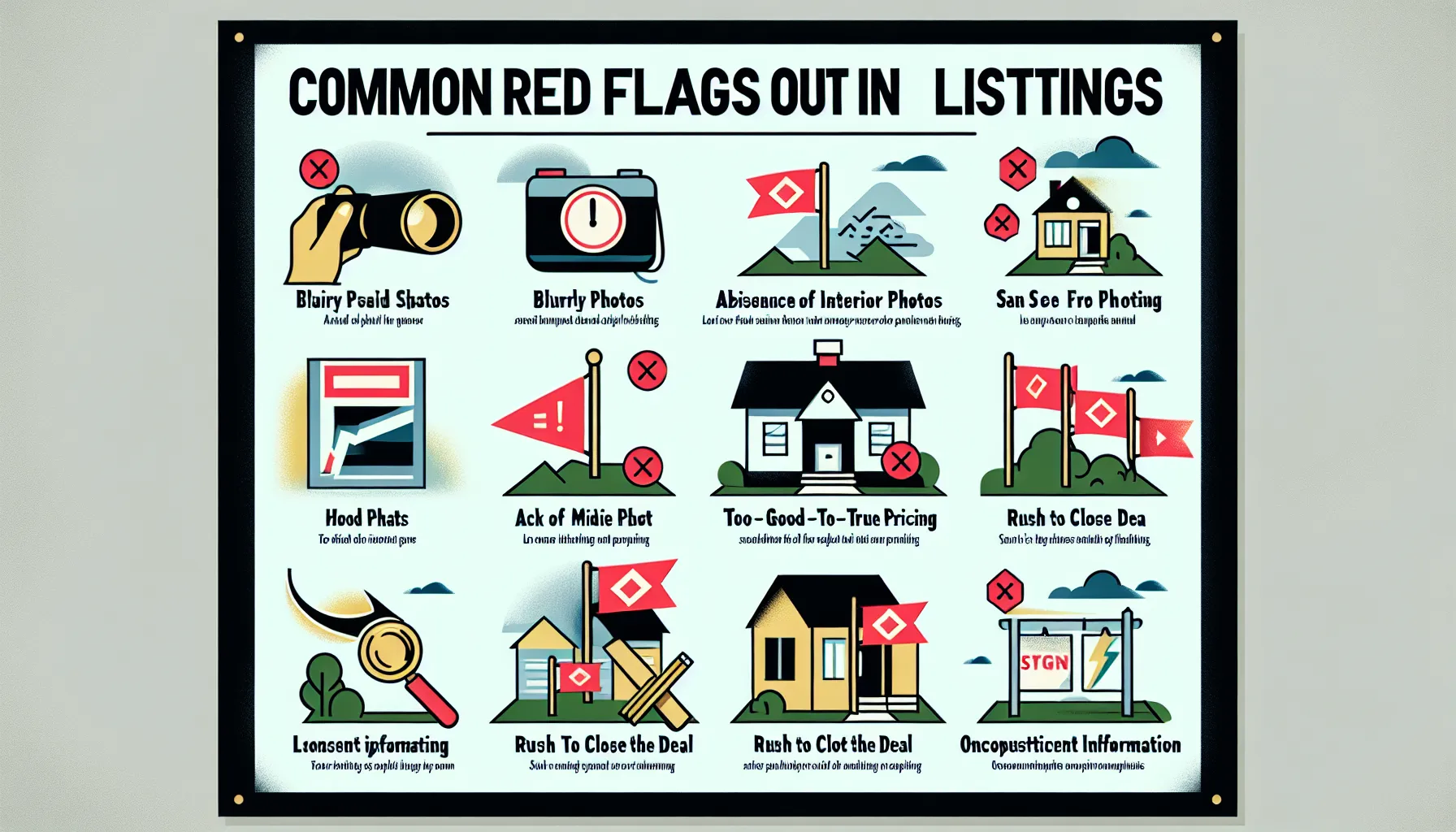
Visual Clues That Scream “Fake!”
Let’s face it—sometimes a forged coin practically begs for attention, like an actor in a bad disguise. Start by examining the listing photos with a detective’s eye. Are the images crisp, or do they look like they’ve been taken through a foggy window? Blurry or low-quality pictures can often be a deliberate trick to hide imperfections. Pay close attention to the coin’s surface. Does it appear unnaturally shiny, like it’s been dipped in glitter? Or maybe the wear patterns seem... off? A genuine antique coin should show consistent aging, not random patches of pristine shine mixed with suspiciously rough spots. Then there’s the lettering and design. Coins with uneven spacing, crooked fonts, or details that look like they were drawn by a shaky hand are major red flags. And don’t forget to check edges—poor imitations often have irregular or mismatched rims.Best Practices for Safely Buying Coins Online
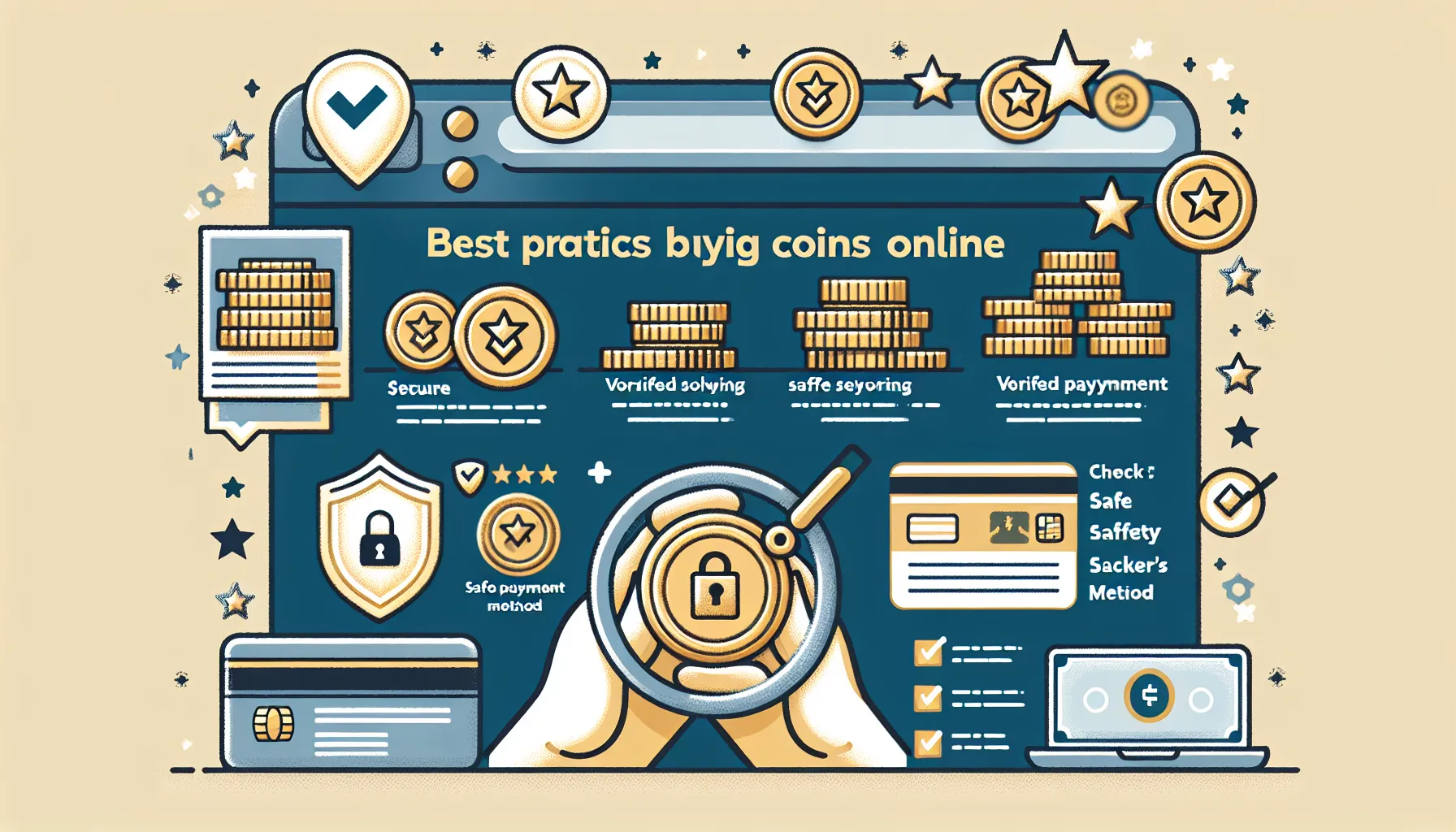
Spotting the Telltale Signs of Coin Forgery
Buying coins online can feel like hunting for treasure in a sea of endless possibilities. But beware: not all that glitters is gold—or even authentic! Knowing how to spot a forged coin can save you from heartache and an empty wallet. Let’s get into the nitty-gritty details. First, pay attention to the weight and dimensions. Genuine coins are like perfectly tuned instruments—they have precise measurements. Use a digital scale and caliper to check if the coin aligns with its official specs. If it feels off, trust your gut. Next up, inspect the coin’s surface. Counterfeiters often miss the tiny details. Look closely at the lettering, rim, and artwork. Are they crisp and clean? Or do they seem blurry, uneven, or just plain sloppy? A real coin is a masterpiece; a fake one is more like a bad photocopy. Here’s a quick checklist to keep handy:- Does the coin pass the magnet test? Many fakes use magnetic metals.
- Are there unnatural colors or odd discolorations?
- Does it feel “too new” for an older coin?
Latest news

How to Create Capsule Wardrobe: A Guide
Unlock the secrets to creating a capsule wardrobe with our comprehensive guide. Learn how to select versatile pieces, maintain a minimalist closet, and enjoy the benefits of a streamlined, stylish war...

Wardrobe Essentials: Must-Have Pieces For Every Season
Discover the ultimate guide to seasonal wardrobe essentials! From spring's light jackets to winter's warm coats, learn how to build a versatile, stylish, and sustainable wardrobe for every season. Exp...

How AI is Revolutionizing Sustainable Fabric Production
Discover how Artificial Intelligence (AI) is revolutionizing eco-friendly fabric manufacturing. From optimizing dyeing techniques and reducing water usage to repurposing waste materials into sustainab...

How to Protect Your Coin Collection from Counterfeit Coins: Expert Tips and Strategies
This comprehensive guide delves into the risks of counterfeit coins in coin collecting, offering expert tips on identifying fakes and protecting collections. It highlights red flags like weight discre...
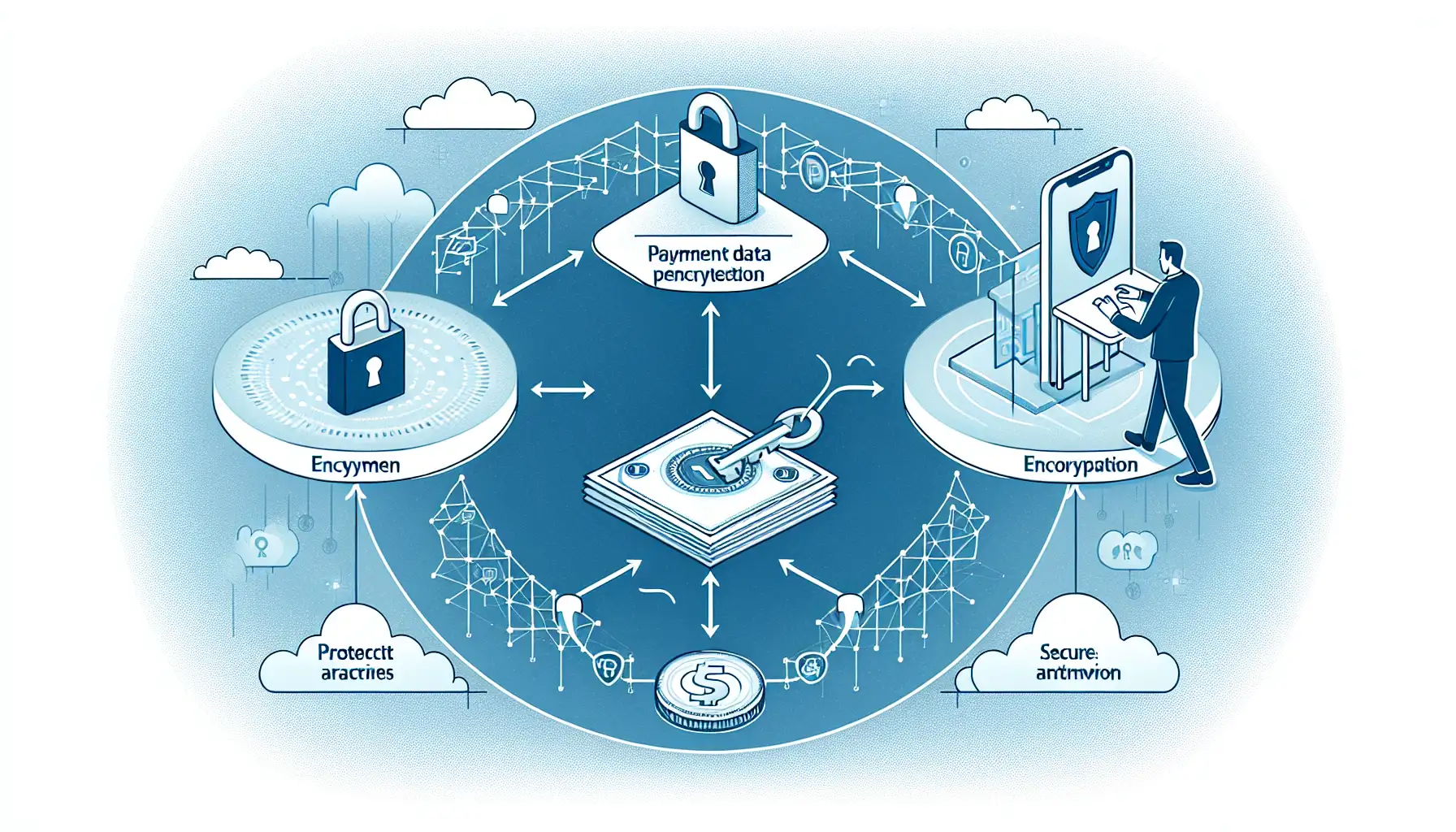
Revolutionizing Fashion: Virtual Fitting Rooms in Mobile Apps for Perfect Clothing Sizes
Discover how virtual fitting rooms are revolutionizing the fashion industry with cutting-edge technologies like AI, AR, and 3D body mapping. These innovative mobile apps allow shoppers to "try on" clo...
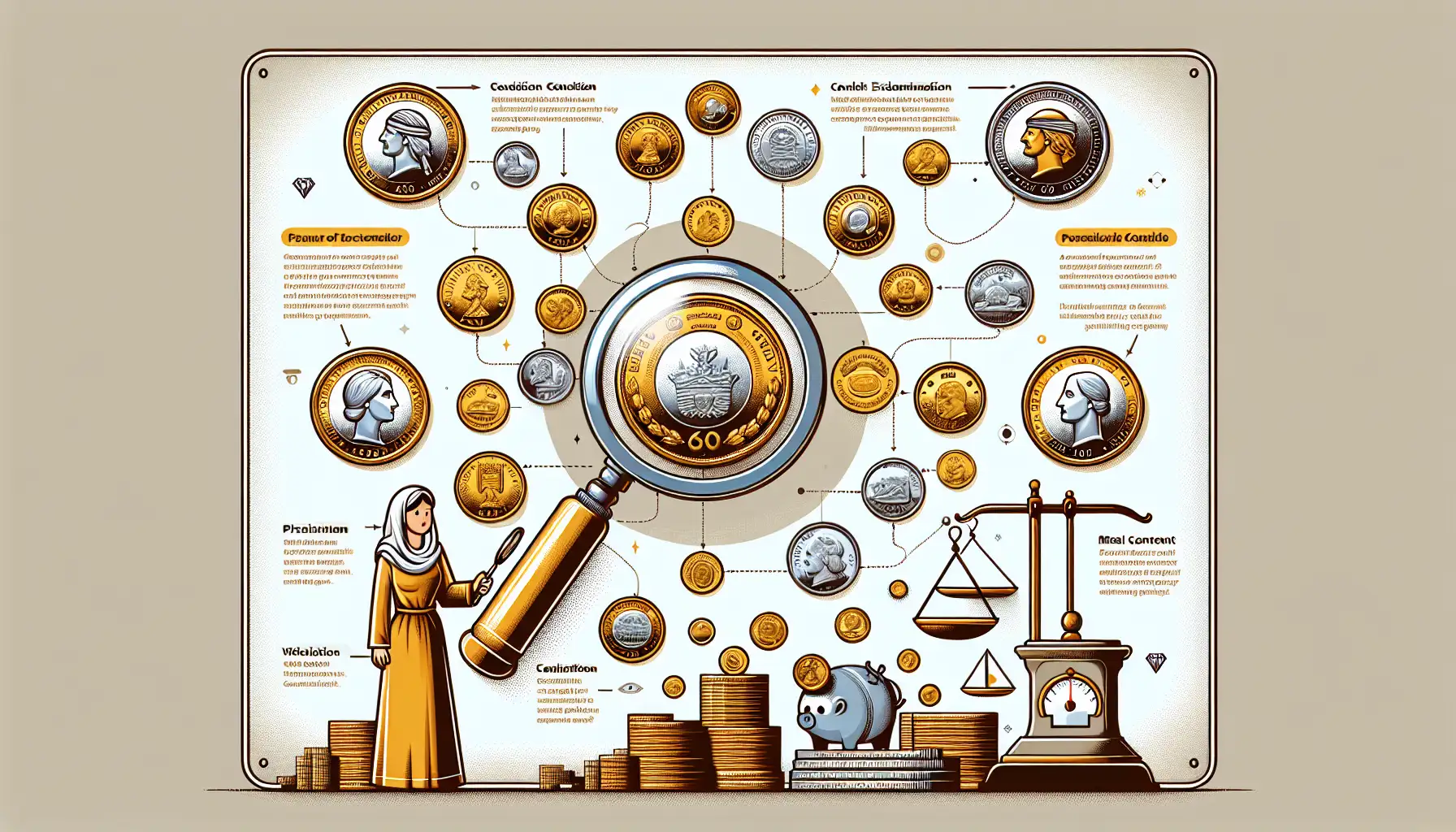
Investing in Precious Metal Coins: A Comprehensive Guide for Your Portfolio
This informative article delves into the value of investing in precious metal coins, highlighting their appeal as tangible assets with intrinsic value and historical significance. It explores the adva...
